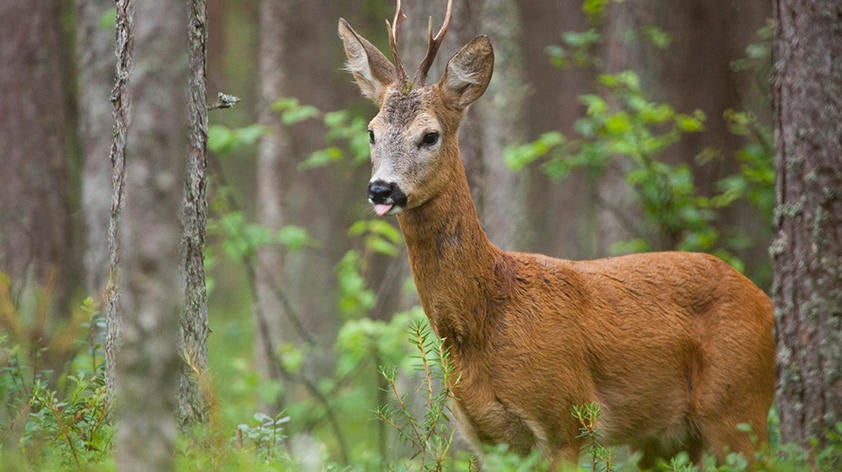
Part 2: A conservation geneticist’s call to keep studying cancer in wildlife
Part 2 of 4: Viruses
Viruses, microscopic parasites which can infect living organisms and cause disease, may be associated with about 20 percent of cancers in humans. However, we know little about how many viruses cause cancer in other animals and exactly how these viruses induce cancer.
Roe deer
A virus called Papillomavirus (try and say that 5 times fast!) have been identified as the cause of skin tumors of European moose, reindeer, roe deer, red deer, and North American deer species (e.g., white - tailed deer). The virus is transmitted through direct contact with a contaminated environment or infected animals and bugs that bite (aka arthropod vectors).
Unfortunately, it is not known how it is affecting population sizes and overall conservation status of the deer, but the virus is believed to be on the rise and we have yet to figure out why.
California sea lion
Another Papillomavirus, and one that is similar to human Papillomavirus that causes cervical cancer in women, is causing cancer in female California sea lions. Tumors of any type were rarely reported in these sea lions before the 1980’s.
However, beginning in the early 80s, there was a large increase in the number of reported cases of an aggressive and deadly type of cancer in this species. The high prevalence of this type of cancer in the California sea lions is still unprecedented in any other species of seal or sea lion.
Scientists are still trying to determine why this population is susceptible to the virus. Two factors may have increased their chances of getting sick – environmental contaminants (see cancer in wildlife Part 1) and their genetics (see cancer in wildlife Part 3).
Up next in the cancer in wildlife series – a personal interest of mine – genetics and cancer.













